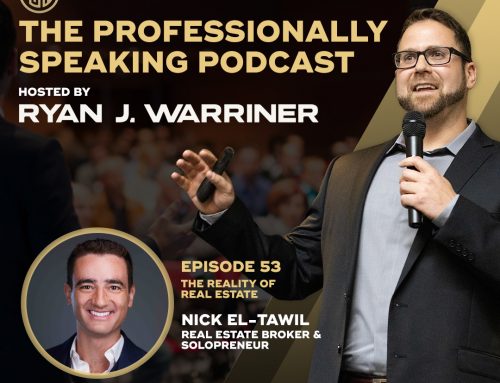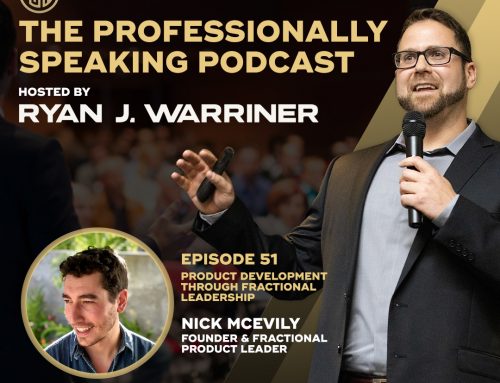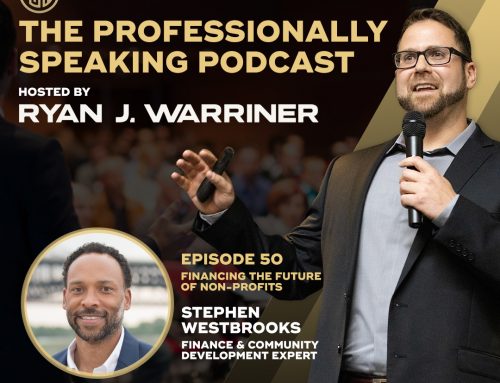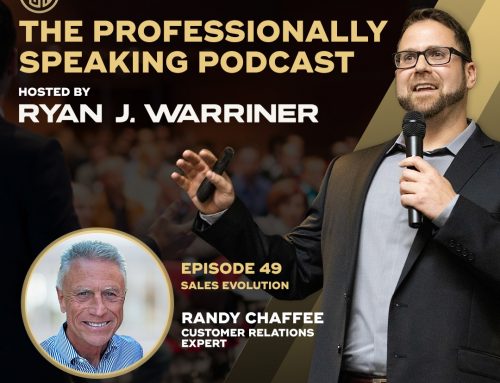The Boy Scouts have it right, “Be prepared.”
In part one of this series, we’ve outlined and detailed the importance of understanding the nature of speaking anxiety. Moving forward, in this article we will take the first step in effective coping.
Preparation
Professional presentation preparation means becoming very familiar with your content and material. You should aim to know approximately three times (3x) more information and details than your audience. Earlier in this guide, I referred to the presenter as an expert because when you are presenting on a specific topic, it is presumed by the audience that you have specialized knowledge to share with them. Why would they be listening to you otherwise? You will be providing them with new information or a new concept that they are previously unaware of. The path to becoming more confident presenting in front of an audience begins with having a firm grasp on your presentation material and content. You’ll then develop more confidence because you will have organized your content in a clear and logical structure. Your confidence will increase further because you will have developed visual aids to assist you in explaining the more complex content. Essentially, you will have made yourself an expert on the topic and will have prepared your presentation in an audience-friendly manner.
Rehearsal is also key in preparation. Rehearse your presentation aloud as often as possible prior to your presentation date. You can do this in front of a mirror to observe your body language. You can record yourself and listen to your vocal projection. You can rehearse in your bed before you go to sleep at night. Just keep rehearsing as many times as you can prior to your presentation. This practice will help you iron out any issues such as word choice or organization, and will also develop muscle memory for your presentation. When your presentation time comes, the words will come to you like a reflex. Like the lyrics of your favourite song, you’ll find that you will pronounce them just like you’ve rehearsed earlier. You will likely also have the advantage of using visual aids and you can use them to regain your focus and composure, if needed. Basically, if you follow the framework in this guide in advance of your upcoming presentation, you need not fear overlooking key content or appearing unprofessional. The Boy Scouts had it right: “Be prepared.”
To be continued…









